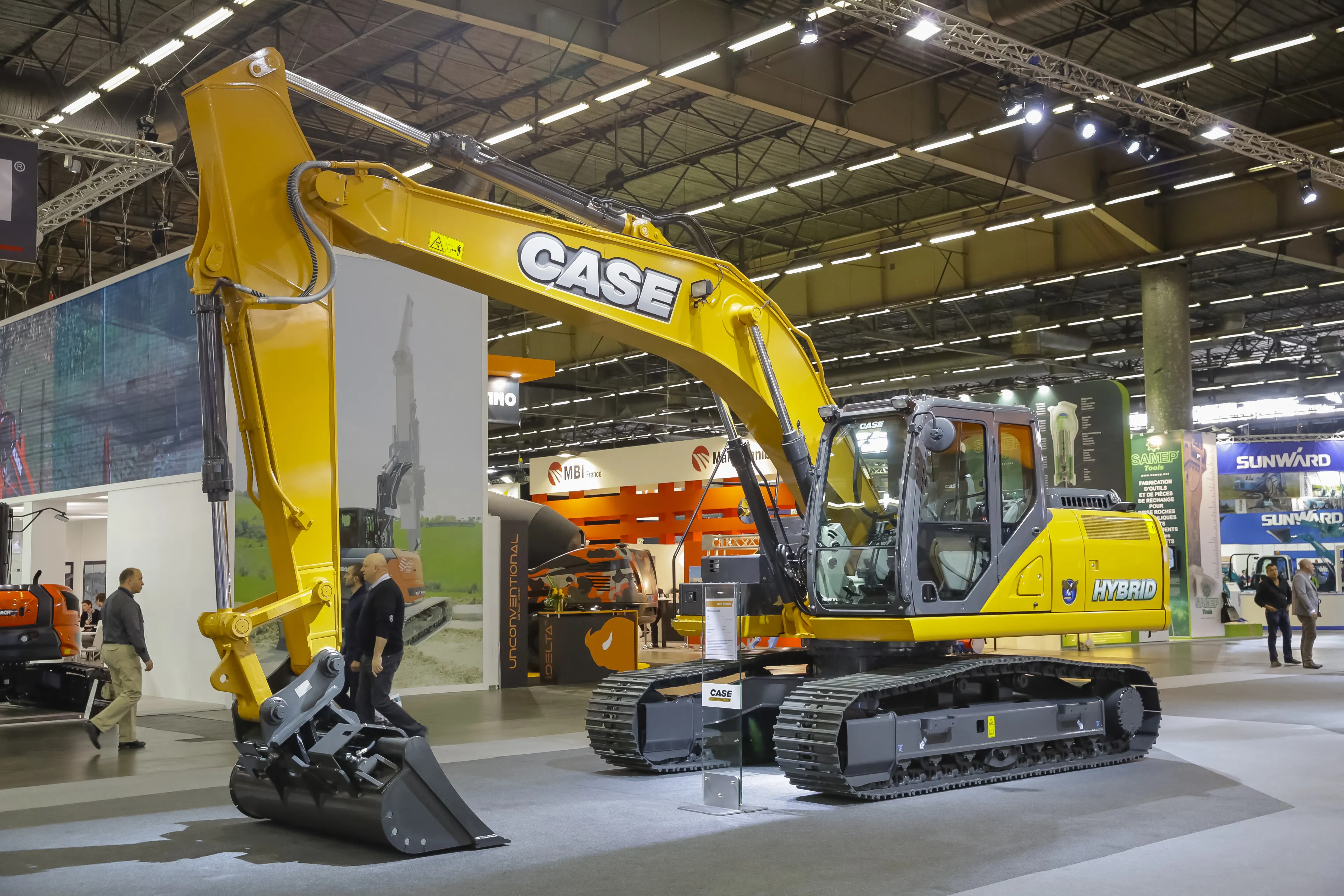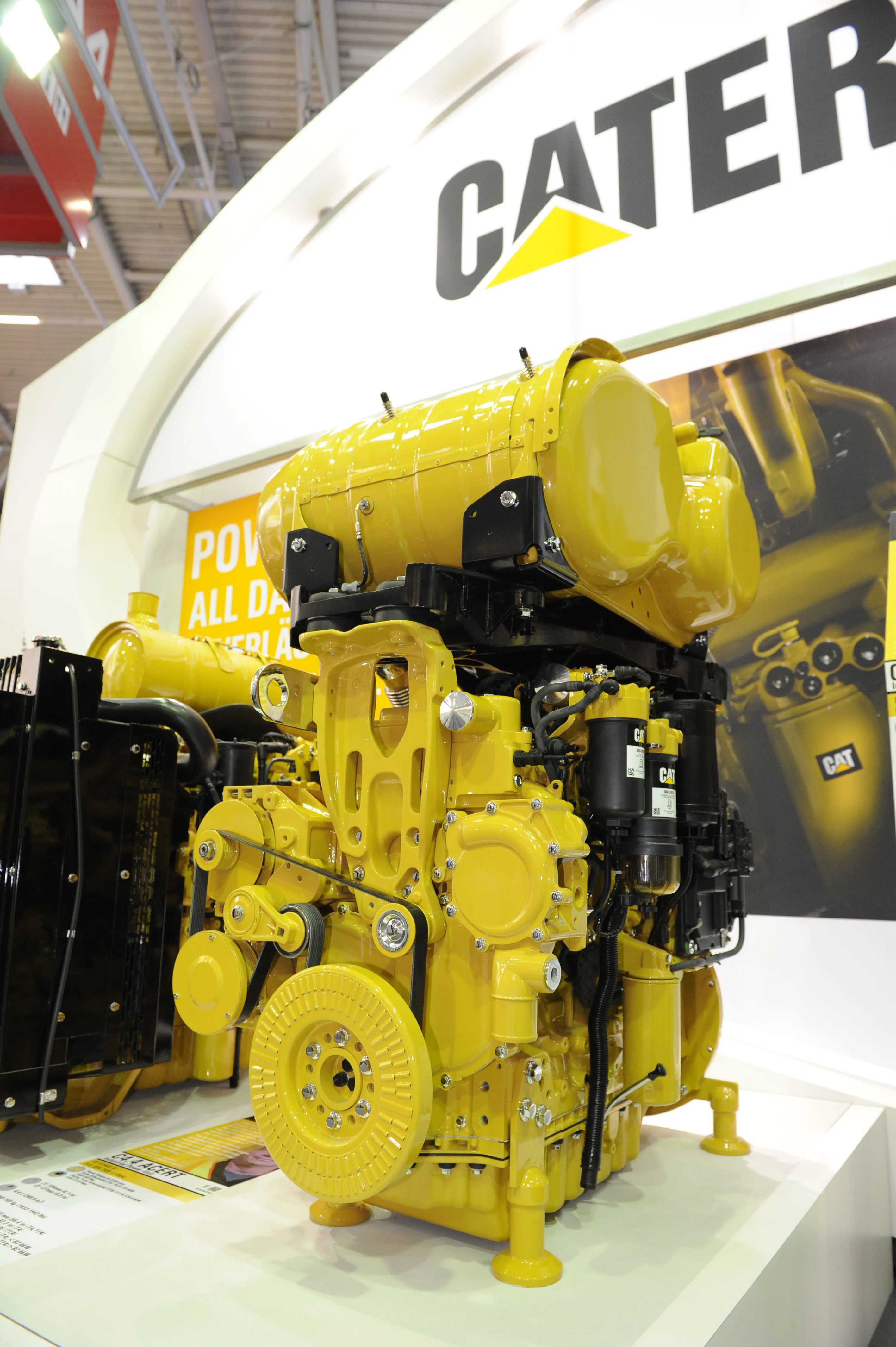It is early days yet for Case to make the jump into the hybrid excavator market, but the Italian company chose to show off a prototype at Intermat to many curious onlookers.
Only several, based on the proven CX210 tracked crawler excavator, have actually been built and sold, all in Japan, by Case’s technology partner Sumitomo. Massimilano Sala, Case’s construction equipment product manager for EMEA, said Case is keeping a close eye on it’s performance in the longer run as a “reference point” for when Cas
April 22, 2015
Read time: 2 mins

It is early days yet for 176 Case to make the jump into the hybrid excavator market, but the Italian company chose to show off a prototype at Intermat to many curious onlookers.
Only several, based on the proven CX210 tracked crawler excavator, have actually been built and sold, all in Japan, by Case’s technology partner2714 Sumitomo. Massimilano Sala, Case’s construction equipment product manager for EMEA, said Case is keeping a close eye on it’s performance in the longer run as a “reference point” for when Case decides to take it and market it in Europe.
The regular model X210D has an EU Stage IV/Tier 4 Final compliant engine. But the prototype, at the moment, is not saleable in Europe because its engine meets only EPA Tier 4 Interim / EU Stage IIIB emissions regulations.
Even so, it has been reducing fuel consumption as well as NOx and CO2 emissions, and saves an average of 15% fuel compared to the standard hydraulic excavator of the same model. So the outlook is good and Sala expects the market to increase in the next five or six years with more equipment makers entering the fray.
The machine converts energy generated when the upper structure reduces its swing speed and stores the energy in an accumulator/capacitor system, located outside at the front right of the machine, and uses it to assist the power of the engine through the power generation motor when the engine accelerates.
The 21tonne hybrid also has Field View Monitor (FVM) as a safety system which enables the operator to have a so-called bird’s eye view 270° behind.
Only several, based on the proven CX210 tracked crawler excavator, have actually been built and sold, all in Japan, by Case’s technology partner
The regular model X210D has an EU Stage IV/Tier 4 Final compliant engine. But the prototype, at the moment, is not saleable in Europe because its engine meets only EPA Tier 4 Interim / EU Stage IIIB emissions regulations.
Even so, it has been reducing fuel consumption as well as NOx and CO2 emissions, and saves an average of 15% fuel compared to the standard hydraulic excavator of the same model. So the outlook is good and Sala expects the market to increase in the next five or six years with more equipment makers entering the fray.
The machine converts energy generated when the upper structure reduces its swing speed and stores the energy in an accumulator/capacitor system, located outside at the front right of the machine, and uses it to assist the power of the engine through the power generation motor when the engine accelerates.
The 21tonne hybrid also has Field View Monitor (FVM) as a safety system which enables the operator to have a so-called bird’s eye view 270° behind.









